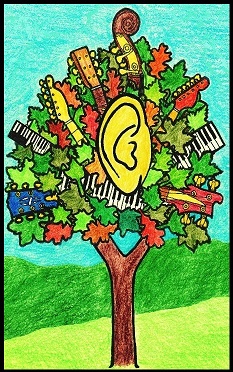 The most important single measure of your abilities as a modern musician is your ability to interact with real music in real time. It’s the key to learning modern music.
The most important single measure of your abilities as a modern musician is your ability to interact with real music in real time. It’s the key to learning modern music.
Most guitar lesson books from the major publishers, and some books for piano, have play-along audio tracks. Older editions included play-along CDs. Now the accompanying audio tracks are usually MP3 downloads. For many students, this is the only time during their lessons where they interact with real music. In fact, those lesson tracks may be the only real music they ever play with.
The problem is that most teachers don’t use the audio tracks included with the books, which means many students don’t get the full benefit of their books. The authors and publishers have tried to create a better, more complete lesson experience. But too often, teachers aren’t playing ball.
Your main goal is to interact with the music you hear. It’s an open-ended goal. When you’re learning a new song, you’re probably asking, “What is the correct bass, piano or guitar part?” The questions you should ask are, “How can I interact with this music? What are my options in this musical situation? What options from other songs can I apply to this song?”
Learn how to interact first, and then analyze the music later. You should learn to analyze music in terms of the fixed points on the fretboard or keyboard, letter names, and the distance relationships of scale patterns. The language for analyzing music is number theory, or the Nashville Numbers. It all goes back to describing the distance relationships between notes based on the scale degree chart we saw earlier.
After a while, almost every new song you learn reminds you of something you’ve played before. When you learn a new song, you will naturally think of it in terms of elements you recognize from other songs you’ve learned in the past.
One of the best tools for interacting with music, and for figuring out music by ear, is the Amazing Slow Downer.
© 2019, 2020 Greg Varhaug